
vverve, bigstockphoto.com
The Champions League is arguably the best football tournament in the world in terms of the standard of football. Many argue that the quality of the last 16 in this continental cup eclipses the World Cup, European Championships, Copa America and all the rest. Whether you agree with that or not, one thing is for sure, the Champions League is packed with brilliant players, exciting football and superb betting opportunities.
It evolved from the European Cup, which was initially designed to pit the champions of the various domestic leagues around Europe against each other to determine the best club side in the continent. That aim remains but the modern competition, for good or ill, is much expanded and now countries can have as many as five entrants.
Whatever you think of the current format, which ultimately is designed to maximise revenue for all parties, especially the biggest and best sides, the Champions League remains a brilliant competition. Read on as we take a closer look at its history, the format and structure of the tournament as well as offer a few betting pointers if you fancy a bet on the Champions League.
Betting on the Tournament
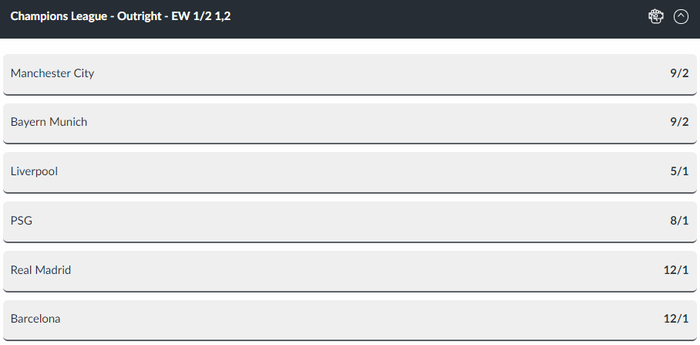
As you would expect of a competition with the best teams and players around and masses of television and online coverage, your options for betting on the Champions League are almost limitless.
If you include the earliest preliminary rounds through to the final, the Champions League offers up betting options 12 months of the year, starting in June and ending with the final in May. As well as being a year-round cup, once the real action gets started, usually in September, your options within each game are astounding too.
The question is, with all these options, what tactics can you use to try and make the Champions League even more exciting? Our main football betting strategy feature has some more general info but here are one or two things to look out for that are more specific to the UCL itself.
Preliminary and Qualifying Rounds

By Svk fan, Wikimedia Commons
Whilst many people don’t really get too excited about the early stages of the competition, arguably this might be the best time to find value. Whilst the sun shines in June, July and August, make betting hay, we say.
When the big boys get involved it is hard to get an edge over the bookies as they put the full might of their resources into analysing all the available information. Moreover, for such games, the level of data offered is huge.
In contrast, for the games in the early stages of the Champions League, the determined punter has a much better chance of finding something the bookie hasn’t considered. Be this through a local contact, local news source or simply by outworking the bookies’ oddsmakers, you might just find a value bet or two.
Back Real Madrid…Every Year!
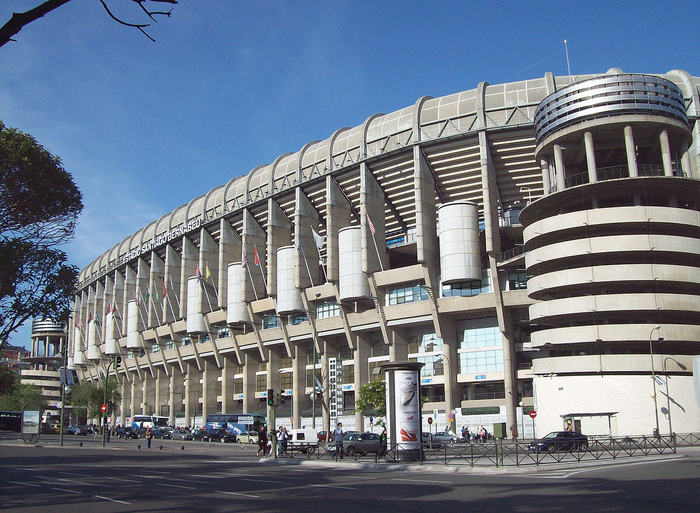
By Luis Garcia, Wikimedia Commons
Real Madrid have won the Champions League (including European Cup) an astounding 13 times. That means they have won 20% of all editions, winning around once every 5 years.
If betting on Lincoln Imps (Gibraltar) v La Fiorita (San Marino) and trying to find out if the players were out drinking before the game, or if the star striker’s wife is in the process of divorcing him, sounds like too much hassle, you could just back Real to win the Champions League outright.
Ahead of the 2020-21 campaign the Spanish giants were priced at around 12/1 – not bad for a side that has won one out of every five Champions Leagues. Even the favourites are rarely shorter than 4/1 or 5/1 so it is safe to say Real would have generated some healthy returns over the years.
Comeback Kings?
Fans of in-play betting may be interested to know that one trend noted by UEFA’s own technical report recently is the Champions League comeback. If you love backing a side when they have conceded the first goal and their odds have rocketed, now could be the time to up your bets.
For a long time it was felt that the first goal was so crucial in this competition and past technical reports highlighted the importance of scoring first. In the 2014-15 Champions League (group stages onwards), there were just five games where the side scoring first lost in 90 minutes.
However, there was then a steady increase. The comeback stats jumped to 14 the following season, then 16 and in 2016/17. The upwards trend continued as there were 20 wins for teams that had gone 1-0 down in 2017/18 before dropping back in the subsequent two seasons.
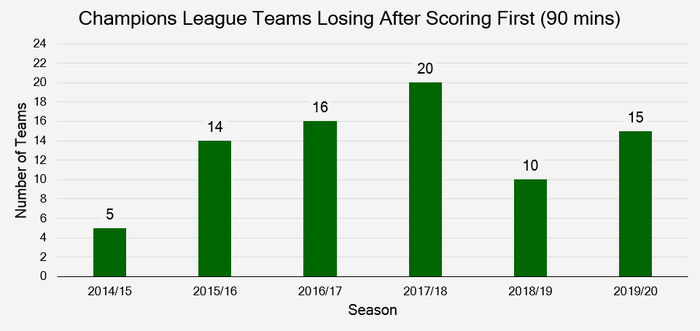
This is a trend that may well be worth paying particular attention to in the knockout phase. In that 2017-18 campaign, eight were won by the side that conceded first meaning that 28% of games saw the team that went into the lead lose that match in 90 minutes.
Now, this may simply be an anomaly, although UEFA state that teams may be “mentally better equipped to deal with adverse situations”. Other explanations are that sides are playing more attacking football, resulting in more goals, especially away goals, and thus a greater capacity for comebacks.
Goals
Talking of goals, UEFA also note that in the 2017-18 season more than 400 goals were scored for the first time in the 125-match format of the Champions League. The season before saw the goals per game average surpass three for the first time and so there are definitely more goals being scored. This total was aided in no small part by Liverpool who scored a record 47 goals, 41 of which were between the group stages and the final. Their 7-6 aggregate semi-final victory over Roma was also a record tally for a knockout tie.
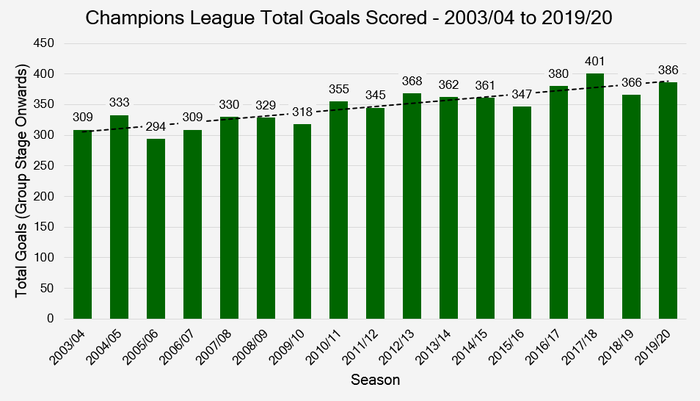
Many bookies and punters can be slow to react to changing trends and so this could mean there is value to be found on a range of goals markets. It’s also worth noting that 3% of goals were scored in stoppage time, whilst 38% in total were scored from the 61st minute onwards.
This could mean there is even more value indulging in a spot of in-play betting on a late goal, especially where injuries mean a significant amount of added time is anticipated.
Champions League and European Cup History

The Champions League had its first season in 1992 but the roots of this competition go back much further. The Champions League is simply a rebranding of the European Cup and that was first held back in 1955.
In the years following the end of the Second World War many pan-European initiatives, events and organisations were set up. It was believed that if the individual European countries had closer links, a repeat of such a terrible war could be avoided in the future.
It may seem strange to view the Champions League as a bid to avoid war and even stranger to view the Eurovision Song Contest (founded in 1956) in that context, but such competitions were indeed part of a wider effort to ensure that never again would Europe be ripped apart.
In fact, a continental football championship had been considered before, as early as 1927, but after much discussion and deliberation the first ever European Cup took place only in the 1955-56 season. A total of 16 sides took part, including giants such as Real Madrid and AC Milan. Hibs were the only British side involved, along with lesser European lights such as Sweden’s Djurgården and Reims from France.
The competition evolved over the years but for most of its history it was a straight knockout cup, featuring only the sides who had won their domestic leagues the preceding season. Different clubs and countries enjoyed long periods of dominance, with Real Madrid winning the first five editions. In the 1970s, Dutch clubs won the first four European Cups, before Bayern Munich won three in a row and then English sides took the glory in 1977, 1978 and 1979.
Indeed, the 1970s and 1980s were a brilliant period for English teams. Between 1977 and 1984, Liverpool won four European Cups, Nottingham Forrest won back to back titles under Brian Clough and Aston Villa triumphed in the 1981-82 season.
Cup Becomes a League
In 1992-93 the European Cup was rebranded as the UEFA Champions League (UCL), UEFA working in partnership with T.E.A.M. Marketing AG to create a more lucrative event. More games were televised and the new competition was heavily marketed. The biggest change in terms of the format was that the eight quarter-finalists now entered a league phase.
This created more games between top sides and thus generated more money for the clubs and UEFA. Milan and Marseille topped the first ever league within the Champions League, Marseille going on to beat the Italians 1-0 in the first ever Champions League final.
| Position | Group A | Group B |
|---|---|---|
| 1 | Marseille (9 points) | AC Milan (12 points) |
| 2 | Rangers (8 points) | IFK Goteborg (6 points) |
| 3 | Club Brugge (5 points) | FC Porto (5 points) |
| 4 | CSKA Moscow (2 points) | PSV Eidhoven (1 point) |
The biggest change since then came shortly after the rebranding in 1997-98 when sides who had not won their domestic leagues were admitted. League, yes: champions (only), no more. Some purists were outraged by this but, as ever in modern football, money was the final judge. By admitting more teams into the Champions League there would be more games, not to mention more big sides.
No longer did either Barca or Real have to miss out every year, with a similar story in England and the other top European Leagues. There is no doubt that these changes have proved hugely lucrative for all involved. However, for some, it still rankles that a side can be crowned the champions of Europe when they were not even the champions in their own country.
As the competition has continued to grow and evolve, countries can now have as many as five sides in the Champions League. This has meant that non-champions have won on a number of occasions, for example Manchester United in 1999, Chelsea in 2012 and Liverpool in 2019.
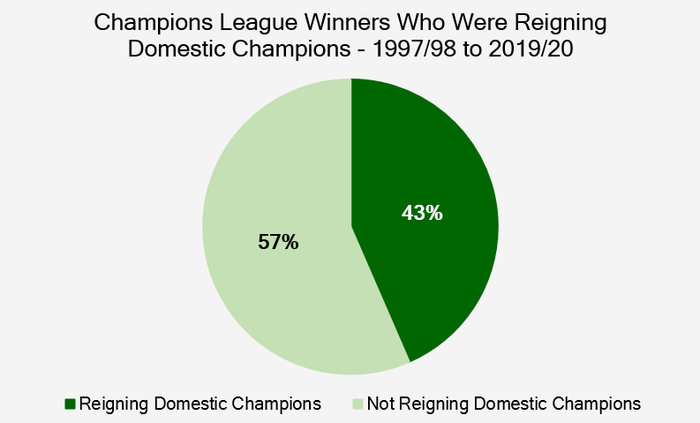
However, there can be no doubt that the Champions League has been a huge success since its rebranding at the start of the 1990s. Since the move to admit non-league winners, the key structure and format have remained largely the same. More countries and teams have been admitted and there have been some minor tweaks over the years.
Essentially, though, the Champions League continues to thrive on the basis of pitting Europe’s best teams and players against each other on a regular basis. Long may it continue!
Champions League Format
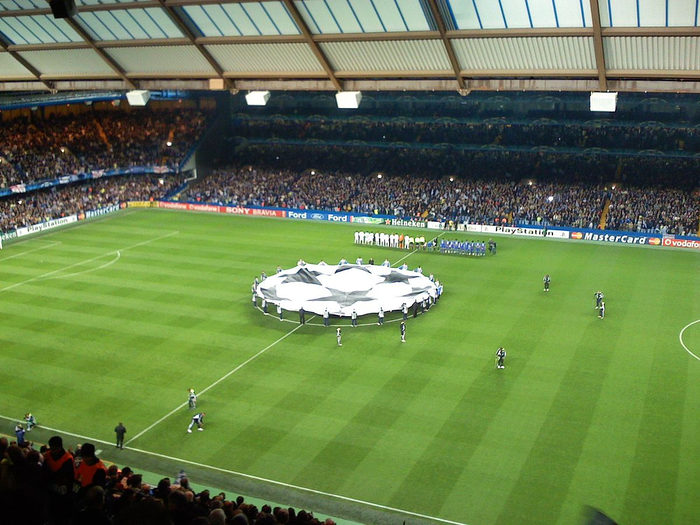
By Konstantinos Pagiavlas, Wikimedia Commons
As alluded to above, the exact structure and format of the Champions League has changed many times. In essence, it features the top sides from all of the UEFA national associations. Each nation has a ranking based on various factors with the weakest nations having fewer sides admitted and at earlier stages of the competition.
To give you a better idea of how this structure works, let us consider the 2020-21 UCL. This year sees European minnows such as the champions of Andorra, Gibraltar, San Marino and Kosovo as the only entrants from their leagues. These teams entered the Champions League at the preliminary round.
One of those four teams will progress to the First Qualifying round, where they are joined by 33 champions of the next-lowest ranked 33 UEFA associations. This process continues, with higher and higher ranked leagues joining deeper and deeper into the competition.
At the opposite end of the spectrum to the likes of Gibraltar and San Marino are leagues such as the Premier League, La Liga and the Bundesliga. Those three, along with (again, as of 2020) Serie A, automatically get all four of their sides straight into the group phase of the competition, with further seedings also ensuring that the strongest sides from the highest-ranked federations will not be drawn against each other.
To put all that into perspective, Kosovo’s Drita, who began their Champions league journey back in July, would need to play 10 games to qualify for the groups.
Champions League Proper
For many viewers and punters, the Champions League really means the competition from the group stage onward. Again, in order to generate more matches and maximise revenue, this part of the tournament, has, in general, been growing since the competition’s inception.
| Stage | Teams | Matches |
|---|---|---|
| Group | 32 | 96 |
| Round of 16 | 16 | 16 |
| Quarter-finals | 8 | 8 |
| Semi-finals | 4 | 4 |
| Final | 2 | 1 |
There are currently eight groups of four in the Champions League Group stage, meaning 32 sides, with each playing home and away and thus six games each during this phase. The top two teams from each group qualify for the knockout phase, which older readers will probably call the last 16, whilst younger football fans know it as the Round of 16.
From this stage on, the competition begins to look a little like the European Cups of old. These 16 sides are drawn against each other, with group winners facing those that finished second in their groups. These teams play home and away with the aggregate winners progressing to the quarter finals.
The quarter finals and semis are also both played over two legs before the winners of the latter meet in the Champions League final at a venue that is decided on a rotating basis many years in advance. Got it?!
| Year | Host Stadium | Location |
|---|---|---|
| 2021 | Ataturk Olympic Stadium | Istanbul, Turkey |
| 2022 | Krestovsky Stadium | Saint Petersburg, Russia |
| 2023 | Allianz Arena | Munich, Germany |
| 2024 | Wembley Stadium | London, England |
Champions League Trivia
Some may view that as simply the boring history, and those people will be pleased that stuff is over with. Now for 15 facts to impress your mates. Or at least to make them think you are a total geek; or maybe both.
- Lucrative – winning the 2021 Champions League could earn a club as much as €82m. And that’s not including their share of the television money
- Ronaldo – has won the UCL five times – no player has won more. He is also the first player to score in two finals for different winning sides.
- Ronaldo Again – and that’s not to mention his 130 (and counting) Champions League goals or the seven seasons he has been the competition’s top scorer.
- Real Madrid – their 13 titles are two more than won by Bayern Munich and Barca combined
- Juventus – as of 2020, Juventus have made nine finals but lost seven of them.
- 100% – Nottingham Forest and Porto are the only sides to have appeared in more than one final and won them all.
- Anthem – the iconic and, well, anthemic, Champions League music is unimaginatively called Champions League, though it is an adaptation of the much better-named Zadok the Priest by Handel.
- Derby – there have been six UCL finals between clubs from the same country, with Real and Atletico Madrid playing twice in a true derby. Real also played Valencia, with Chelsea and Man United, Juve and Milan, and Bayern v Borussia Dortmund completing the set.
- Seeing Red – there have been three red cards in finals of the Champions League, with Jens Lehmann, Didier Drogba and Juan Cuadrado the men to receive their marching orders.
- TV – in recent seasons the CL final has been the most-watched annual sporting event on TV with more than 300m viewers, around three times that of the Super Bowl.
- Home – Real Madrid are the only side to have won the Champions League/European Cup at their own ground. They beat Fiorentina 2-0 back in 1957.
- Goals Galore – the highest scoring Champions League final ever was in 1960 when Real (yes, them again!) beat Eintracht Frankfurt 7-3 in 1960
- Fans Galore – there were 127,621 people inside Hampden Park, Glasgow (officially at least) for the 1960 final, a record for a Champions League final and one unlikely to be broken any time soon
- 8-0 – 8-0 is the biggest win in the history of the modern Champions League, achieved by Liverpool against Besiktas and some team from Madrid against Malmo.
- Pah, Only 8? – 11-0 is the biggest win in the overall history of the competition, with Dinamo București beating Crusaders 11–0 in 1973–74.
